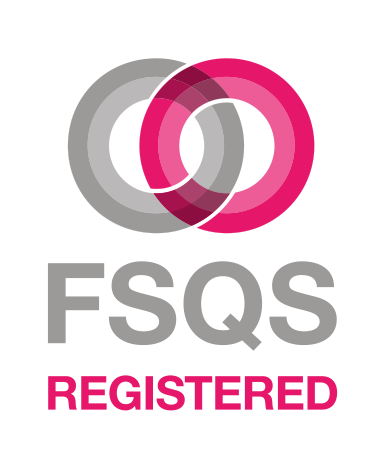Q. When Brazil COPOM’s monetary tightening cycle will end?
A: High inflation and a relatively good economic recovery likely will force the Brazilian Central Bank’s policy board—the COPOM— to increase interest rates in Q4 and Q1 2022. Headline inflation has reached double-digits for the first time since early 2016, on the back of an array of shocks, including the water crisis, which has pushed up electricity prices, and the lagged effect of aggressive monetary and fiscal easing. Inflation likely will remain too high for comfort over the coming months, so monetary tightening will continue.
The COPOM voted unanimously on September 22 to increase the Selic rate by 100bp, to 6.25% and confirmed their hawkish bias, emphasising that the balance of risks means it is appropriate “to advance the process of monetary tightening further into the restrictive territory”. The Committee plans to increase the Selic rate by “the same magnitude” at the next meeting, in October, but said it will remain data-dependent. Inflation risks, however, are massively tilted to the upside, and policymakers likely will have to act.
We expect the Board to increase the Selic rate by 100bp in both October and December, taking it to 8.25% by year-end. And as we expect inflation to remain quite high in January and February, it will be difficult for the BCB to avoid hiking again early next year. We expect rates to rise to 9.0% in Q1, where they should stay through the rest of the year, assuming weather effects fade and the pandemic stabilises. The gradual reopening of the economy, supported by an improving vaccine rollout, suggests that decent growth is likely over the next three-to-six months, making it easier for the Board to act. Moreover, uncertainty on the fiscal front remains a threat as the October 2022 presidential election approaches, given Mr. Bolsonaro’s low approval ratings.

